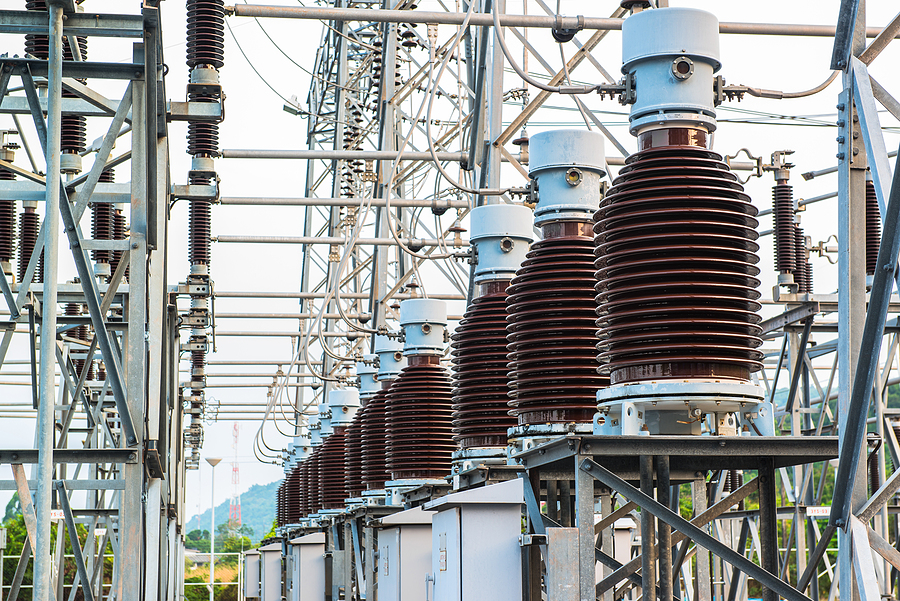A New Way to Handle Transformer Upgrades
Last Updated August 15, 2025

By Michael Jones
Michael literally wrote the book on solar (it’s called The Homeowners’ Guide to Going Solar) and has been a solar consultant for over four years.

For most of solar’s history, the scariest moment in the project’s life was always the application for interconnection approval. That was the moment when the solar company had to submit the forms to the utility company, asking for permission to connect their solar project to the grid.
Whether it’s a large community solar farm or a small residential system, it’s a moment that can make or break a solar project.
That’s because the utility has the right to approve or deny an application based on the ability of its transformers to handle the power that the solar system is going to feed back into the grid. Those transformers have a limited capacity to handle that power and a system that exceeds that capacity could trigger the need for an expensive transformer upgrade.
But until recently, the process for deciding just who should pay for that upgrade was never a fair one. And nor was the haphazard way of determining when and where those upgrades needed to occur a particularly efficient way of preparing the grid for the demands of 21st century use.
Take a typical residential solar situation as an example of how things used to be. Picture five houses on a small suburban cul-de-sac. All decide to go solar at various times over the course of a few years. Houses one, two and three each apply for interconnection approval for their 20kW systems and quickly get approved, each one using up some amount of the nearby transformer’s capacity.
Homeowner number four then decides they want to go solar, too but their application gets denied because the addition of that fourth house tips the transformer over its capacity to handle the backflow.
A transformer upgrade is deemed necessary, costing many thousands of dollars. Either homeowner number four or the solar company would have to foot the bill for the upgrade before the interconnection application could be approved.
Then, if homeowner number five decided that they wanted to go solar, they could do so free and clear since the newly upgraded transformer now has plenty of new capacity.
Clearly this is incredibly unfair to homeowner number four, as well as being a very piecemeal way of upgrading the grid. A better system needed to be worked out and Canary Media has recently reported that, after six years of negotiations between the various stakeholders, a new way of doing things has been devised in Massachusetts, It could be a model for how grid upgrades are handled nationwide.
Now, instead of demanding that individual customers pay for small upgrades to their local transformers, the utilities in Massachusetts have taken a more holistic approach, focusing on larger upgrades at the substation level and creating a Capital Investment Project (CIP) fund to pay for them.
Solar projects for which upgrades are deemed necessary now pay a flat fee per kW into a CIP fund, where the money sits until it’s needed to fund larger upgrades to the grid as a whole, rather than to and individual transformer. These may not be needed for several years, but when they are, the money is already there to pay for them.
So, in the example shown above, all five of the homeowners would have been charged a much smaller fee, simply based on the size of their systems. Homeowner number four would not have been unfairly penalized just for being the unlucky straw that broke the camel’s back, and the substation, rather than the local transformer would have received the upgrade.
It’s a fairer solution to a vexing problem that had derailed way too many promising solar projects over the years, and another example of how Massachusetts is leading the way in solar adoption.
If your solar project has bee derailed by the need for transformer upgrades, contact us to discuss ways to get it unstuck.
More From our Library





